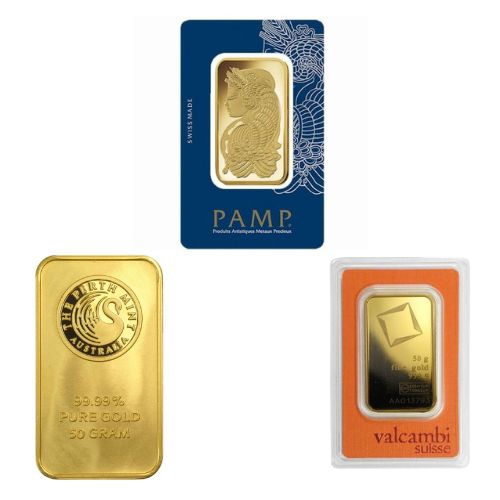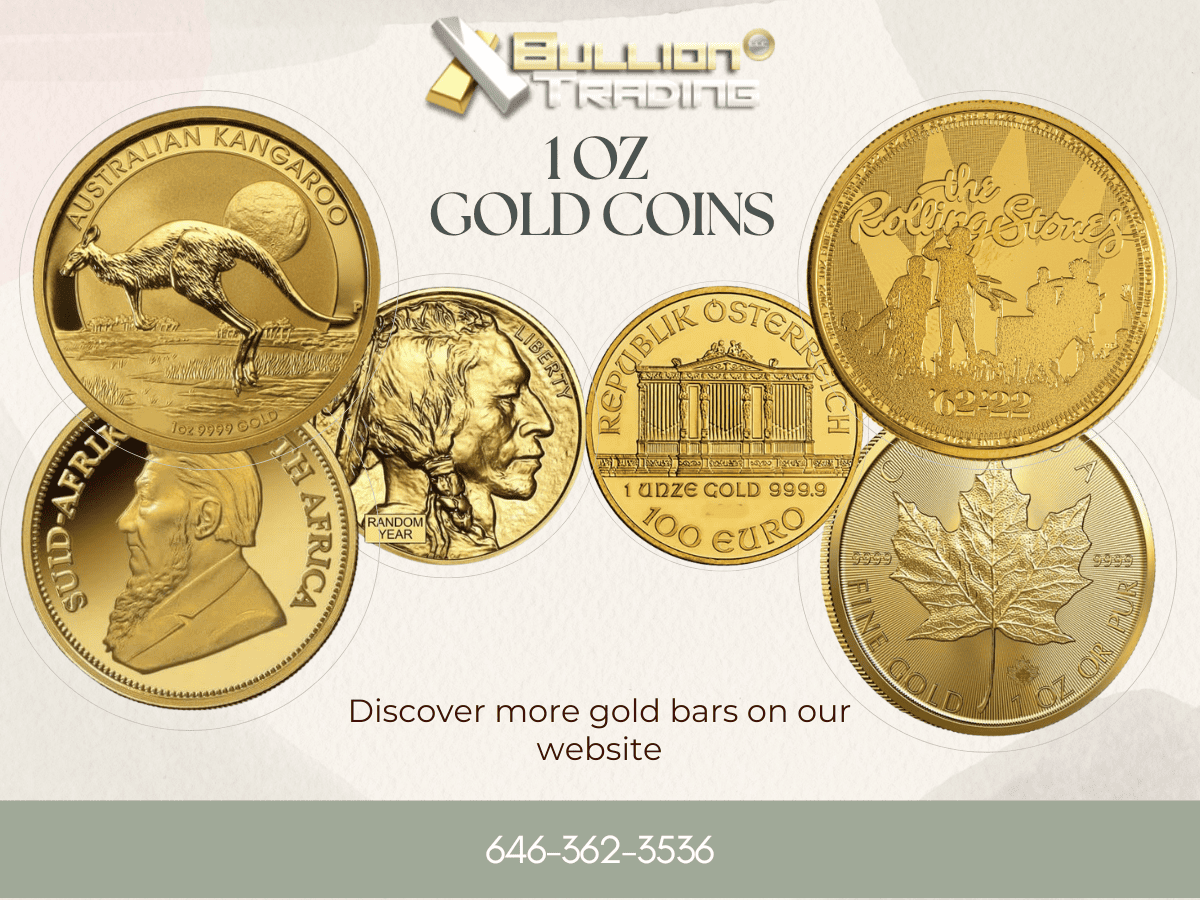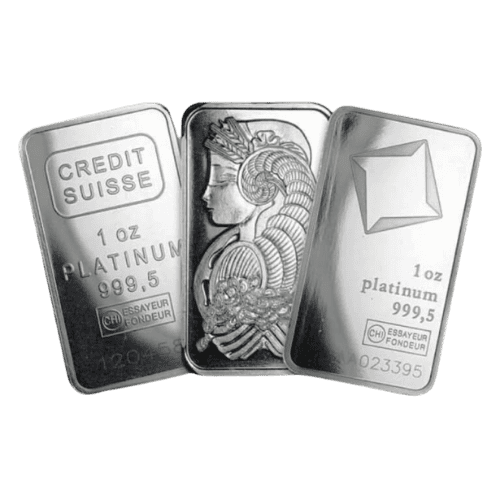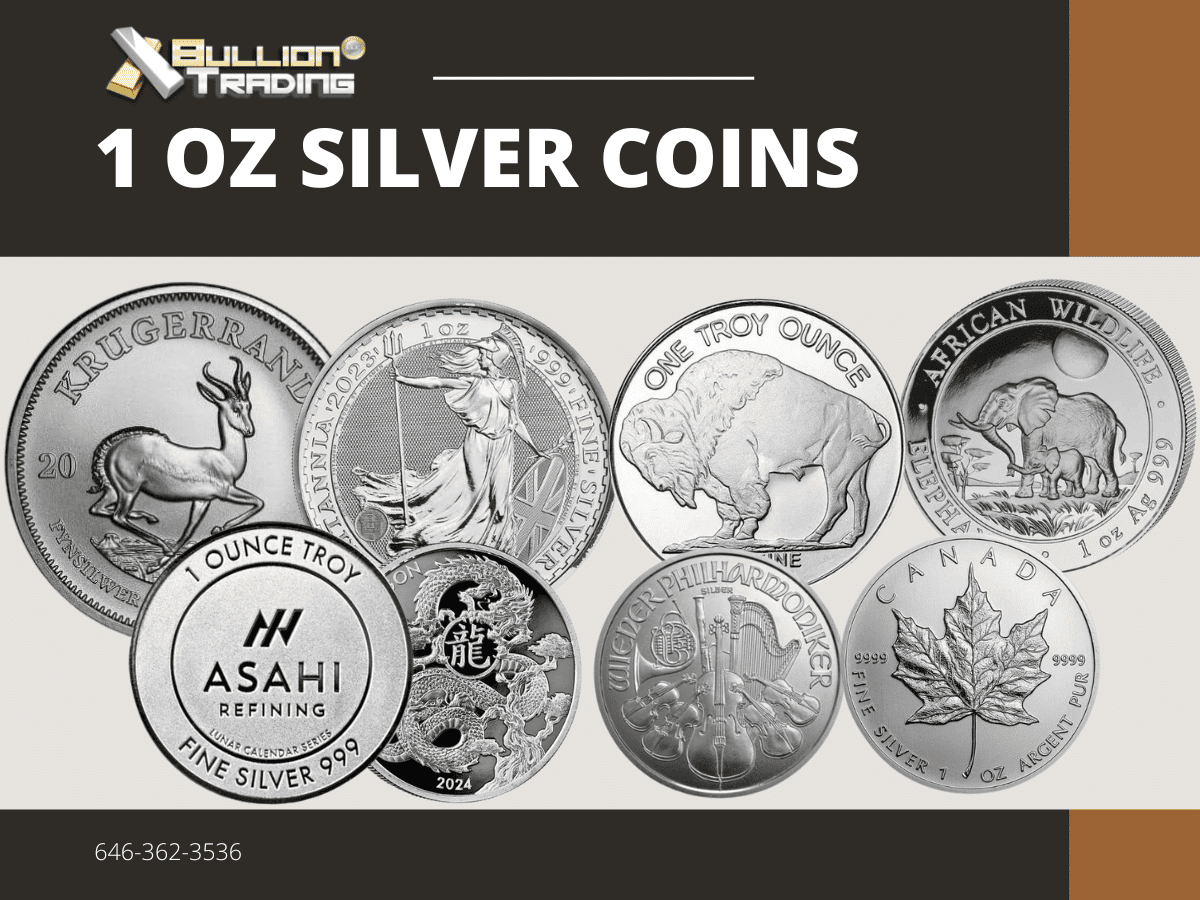Looking ahead to February, however, Comex has actually set futures costs for $1,221 per ounce, however then settled at a slightly lower rate of $1,218. The increase in rates was not limited to gold just, as rates for silver also increased throughout this time to $16.47 an ounce.
Everything began on December 1st, when, after a rough night that included a drop to $1,141 per ounce, gold resettled above $1,200. Influencing this rate was the failure of a law that would have made the Swiss National Bank put at least 20 percent of its total holdings in gold.
Brief periods of short-covering helped gold futures increase above $1,200 for the very first time in several weeks. While there has actually been some movement in the price of gold, it appears as though basic deflation around the world might make these prices hold.
Another bit of good news struck the gold market too throughout this time, as Indian legislators reversed a law that could have made it essential to export upwards of twenty percent of the gold that is imported into the nation in order to compensate for a slacking account deficit.
Other experts have mentioned that the move within the Indian government was positive for gold, it will not stimulate a worldwide rally. While the trade tariffs are not gone entirely, there will be substantial maneuverability for gold purchasers in those markets. With more emerging markets making progress versus deflation and the increasing purchasing power of United States currency, some think that the prices might even hit as high as $1,225.
According to George Gero of RBC, there are three continents worth of countries that require to stimulate their markets, and with gold being one of the best ways of hedging, it was brought out of its rate sleep.





